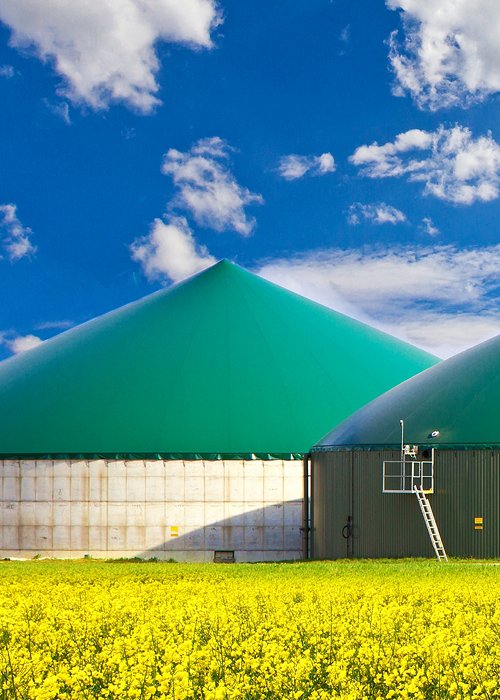The technologies used to obtain energy (biopower) from different types of biomass are different and the resulting energy products are different too. Biopower technologies convert renewable fuels of biomass into heat and electricity by using equipment, which is similar to the one used for fossil fuels. An advantageous characteristic of biomass is its availability, as it is able to keep its energy intact until it is used.

